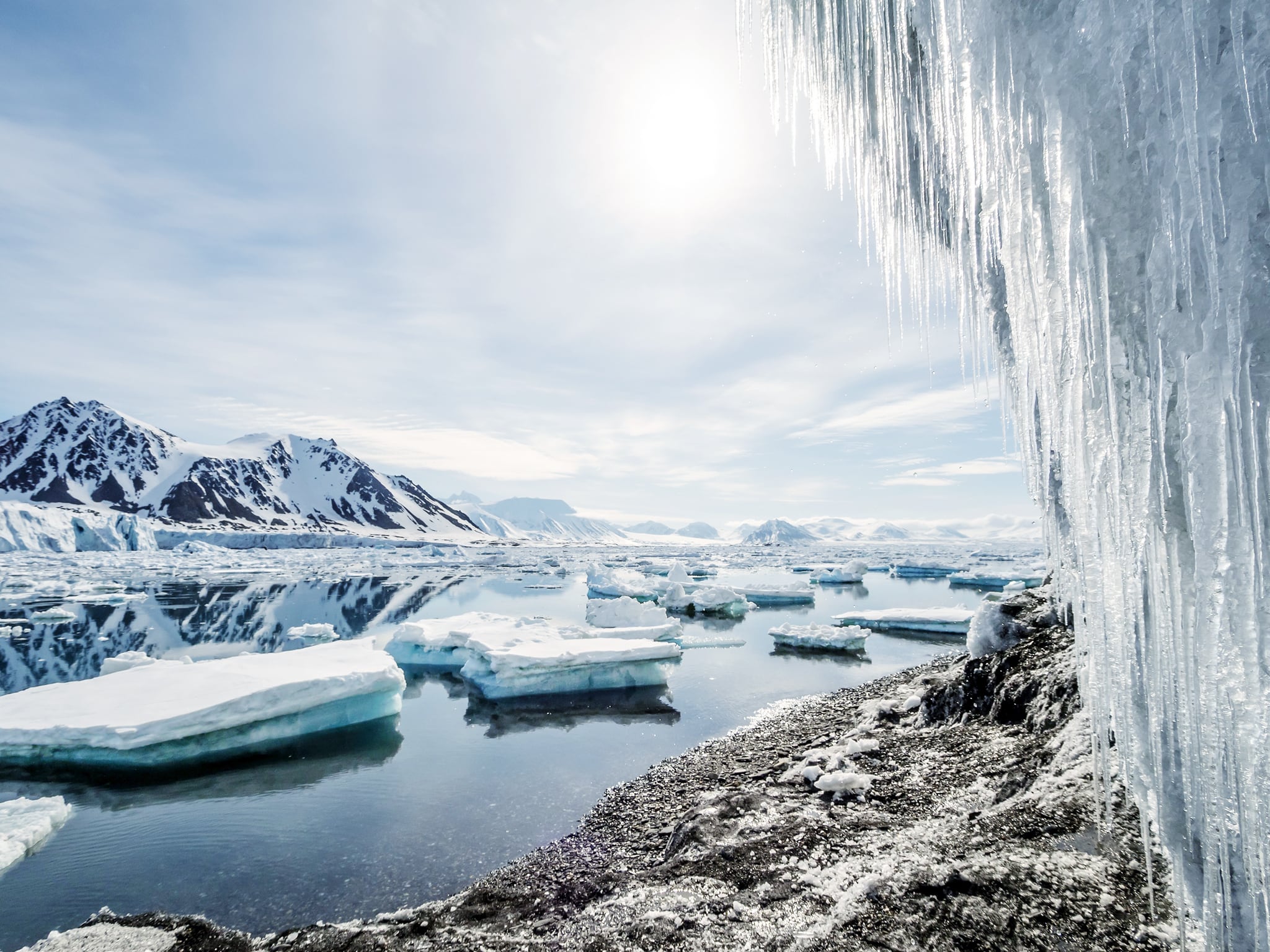Experience the ultimate adventure on a journey to the top of the world.
In this starkly beautiful wilderness, polar bears reign and blue ice floats serenely on the horizon. From the seas surrounding Svalbard, a northern archipelago of frozen tundra, dramatic fjords and remote human settlements, you can watch this world awakening from winter slumber to a land of midnight sun.
Every day brings new surprises, remarkable discoveries and fascinating facts. Here, we have gathered just a few to reveal a little of life in the Arctic.
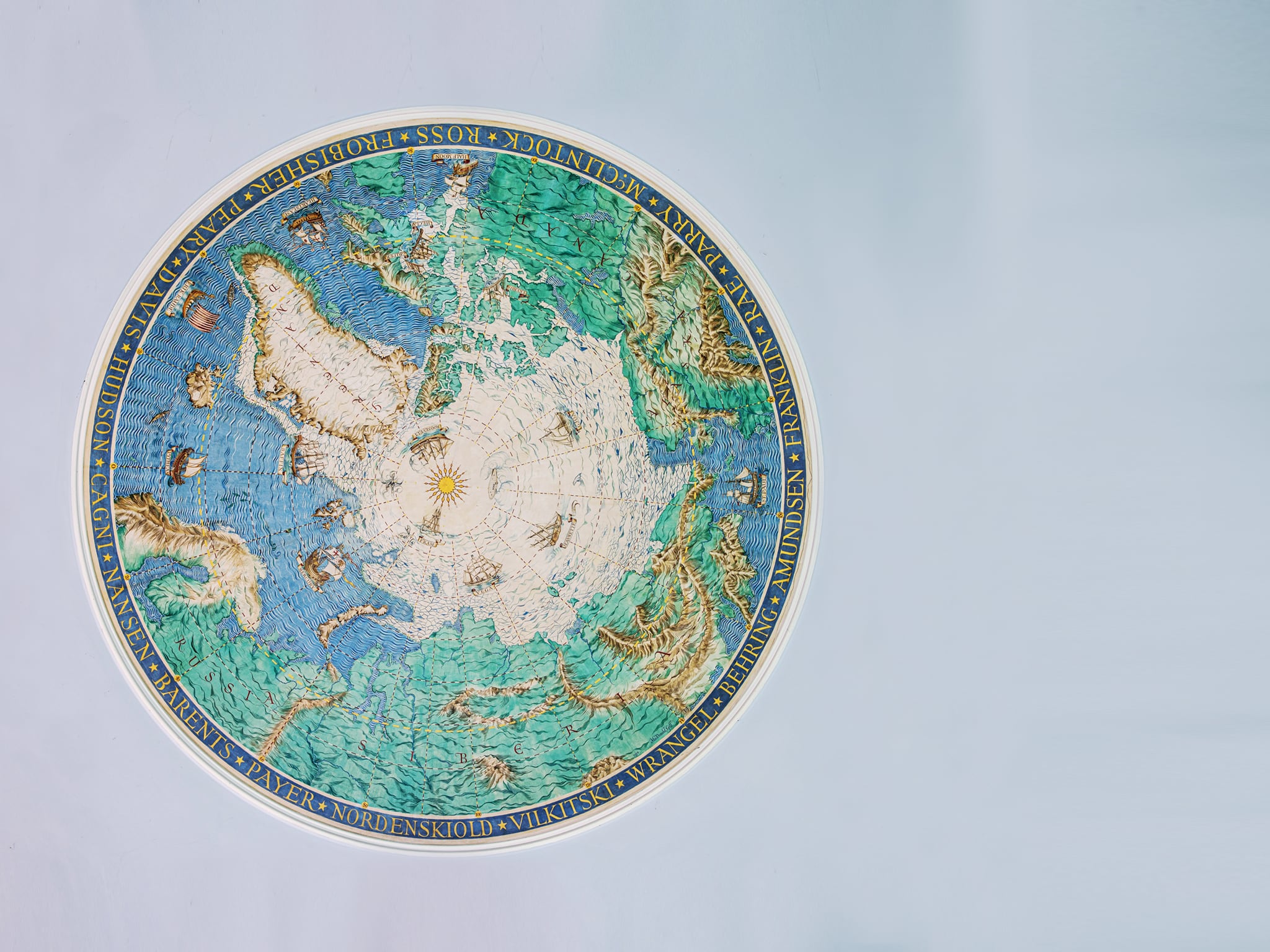
1
THE ARCTIC IS AN OCEAN SURROUNDED BY COUNTRIES
The Arctic is an ocean surrounded by continents, while Antarctica is a continent surrounded by ocean.
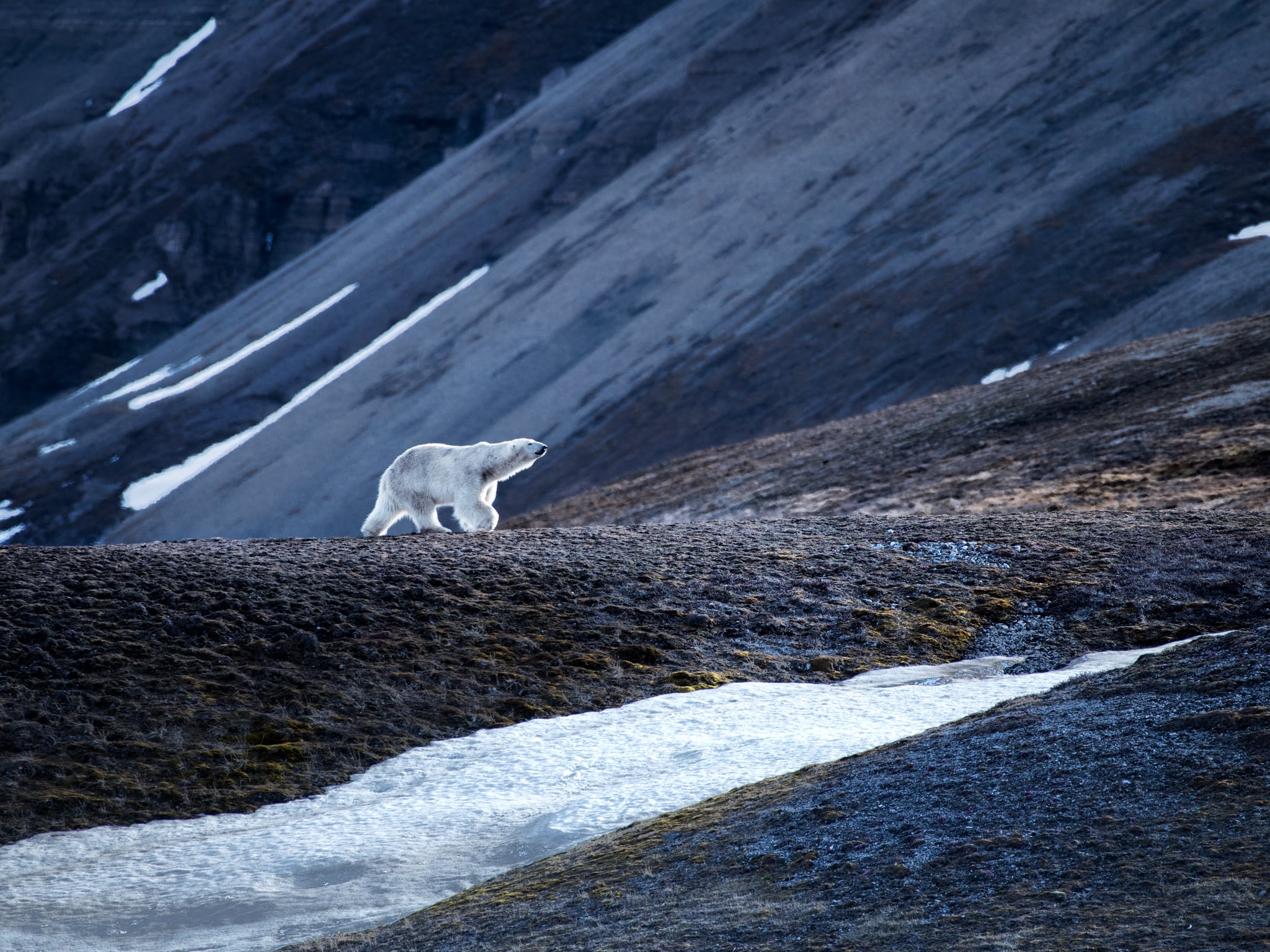
2
THE ORIGIN OF THE NAME ARCTIC
The word “Arctic” is derived from the Greek word arkos, which means “near the bear.” This refers not to the region’s native polar bears but to the star constellations Ursa Major (Great Bear) and Ursa Minor (Little Bear), which contain Polaris, the North Star.
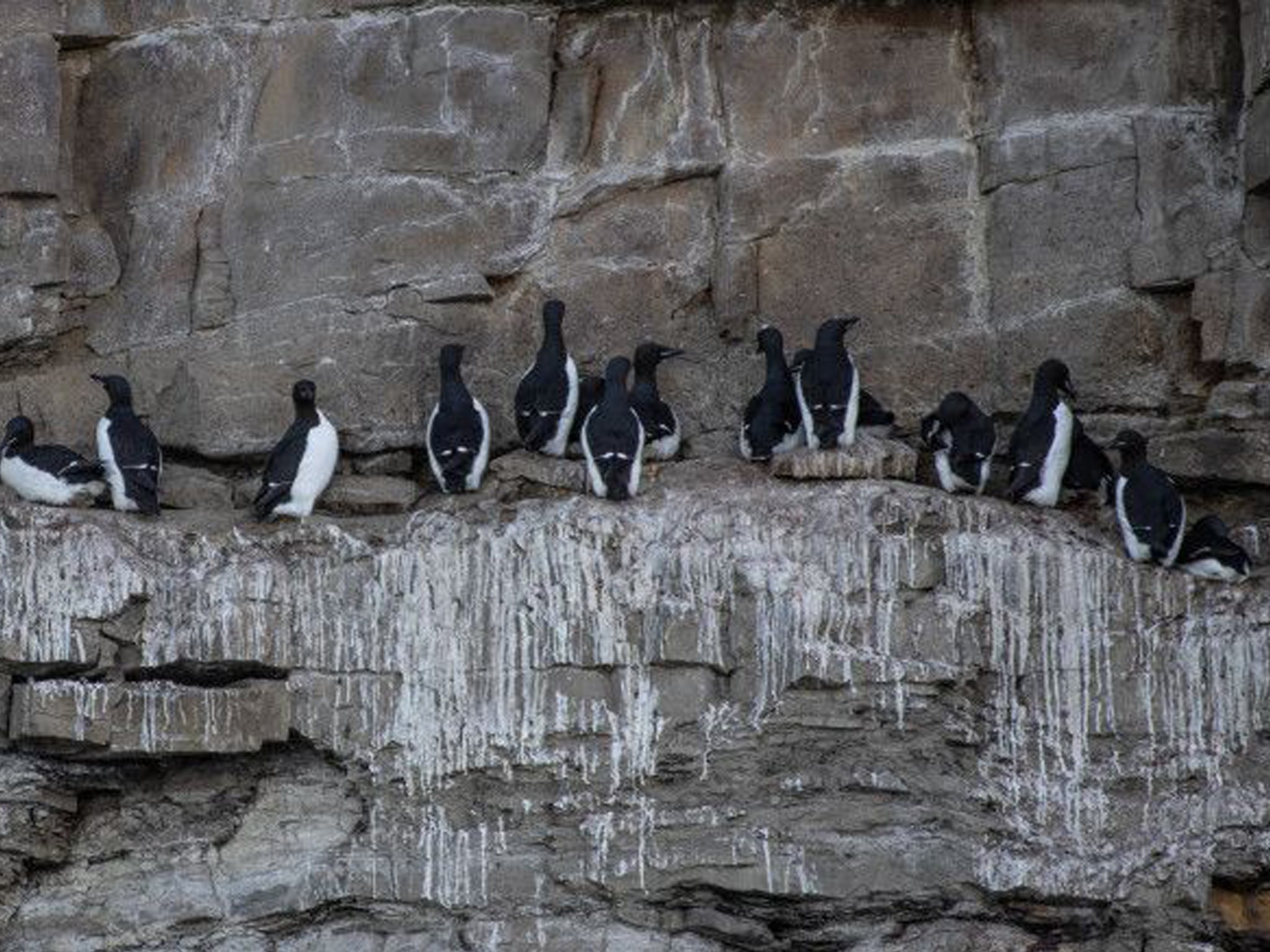
3
GUANO (BIRD POOP) HELPS KEEP THE CLIMATE COOL IN SUMMER
It may not be home to penguins, but the Arctic’s birds more than hold their own against their flightless friends—especially when it comes to keeping the climate cool in summer. The gases released from guano affect the cloud cover, which in turn reduces the air temperature. This cooling effect is especially helpful in a region that is experiencing rapid warming.
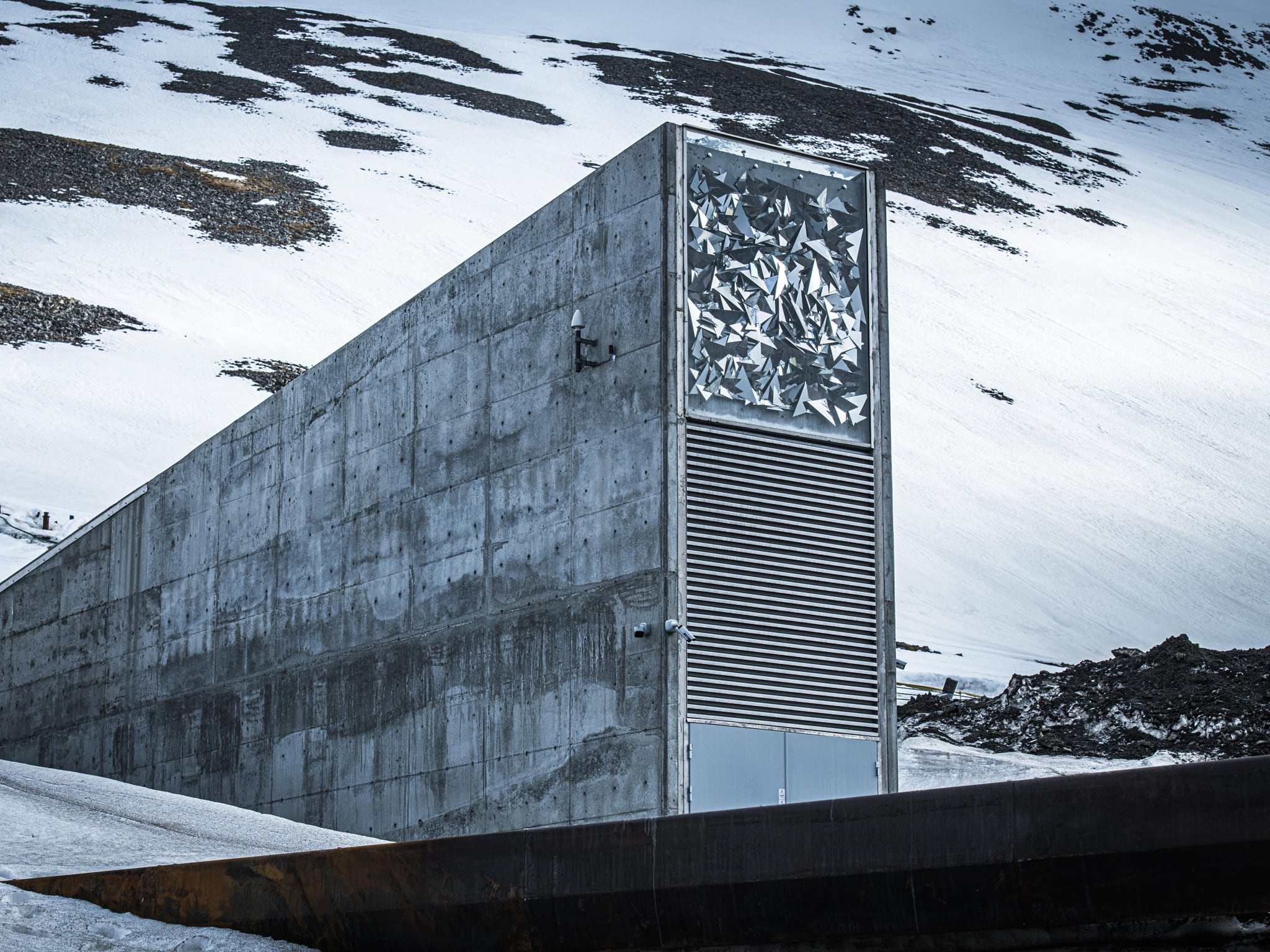
4
THE ARCTIC IS HOME TO THE WORLD’S LARGEST SEED STORAGE FACILITY
More than 800 miles inside the Arctic Circle lies the Svalbard Global Seed Vault, a storage facility run by the Norwegian government. Built into the permafrost, the building holds seeds for more than 4,000 plant species including life-sustaining food crops. The seed vault has been created to keep the seeds safe in the event of a natural or manmade disaster.

5
HOW POLAR BEARS KEEP WARM
Polar bears are actually black, not white. Their jet-black skin is covered by translucent hair, which reflects white natural light. The bears depend on their fur for insulation during the harsh winter months. Dirty, wet and matted fur is less likely to keep the animals warm, so they roll in the snow to keep it clean.
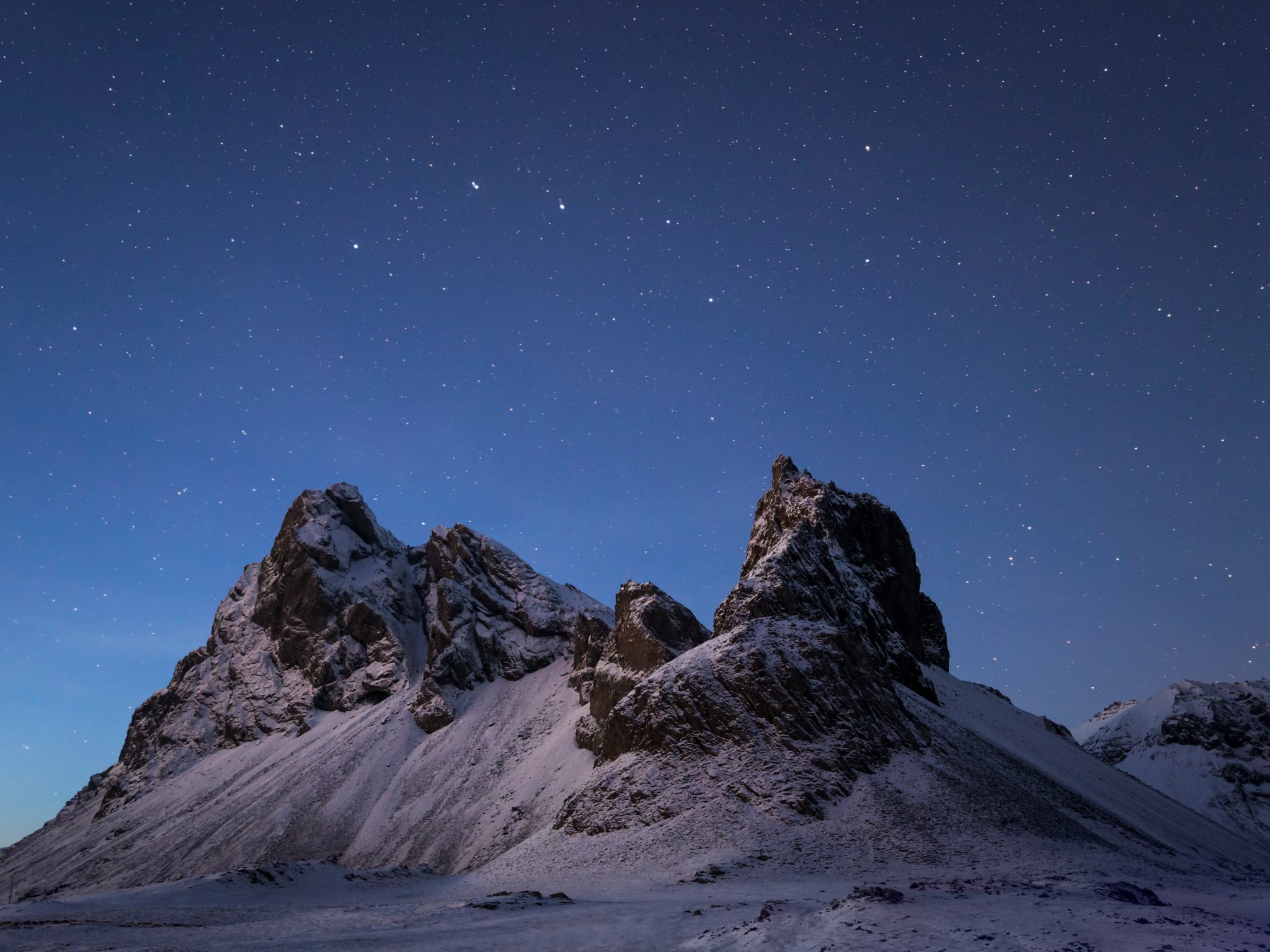
6
HOW POLARIS HELPS YOU NAVIGATE
Polaris is the North Star, or Pole Star. The name of one of our expedition ships, it is the most important navigational star because the axis of the earth is pointed almost directly at it. During the night, Polaris neither rises nor sets, but remains in almost the same place above the northern horizon year-round while other stars circle around it. This means that at any hour of the night at any time of the year in the Northern Hemisphere, you can find Polaris in a due north direction.
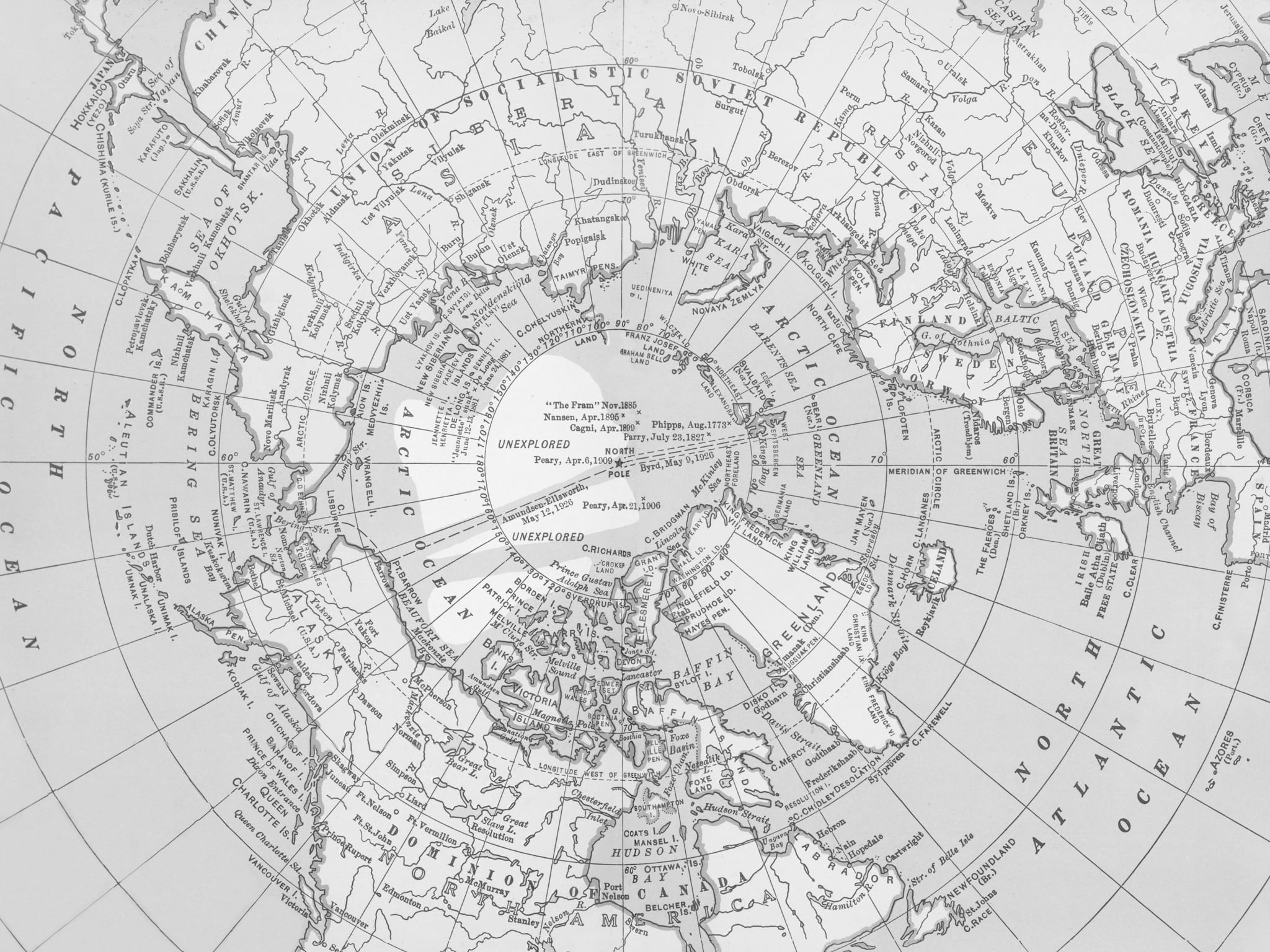
7
WHAT TIME IS ARCTIC TIME?
Just as at the South Pole, if you stand at the North Pole you will be in all the world’s time zones at once, as technically the lines of longitude meet at the North and South Poles. Ships at sea generally use the time of the local port, or whatever time is most convenient for them.
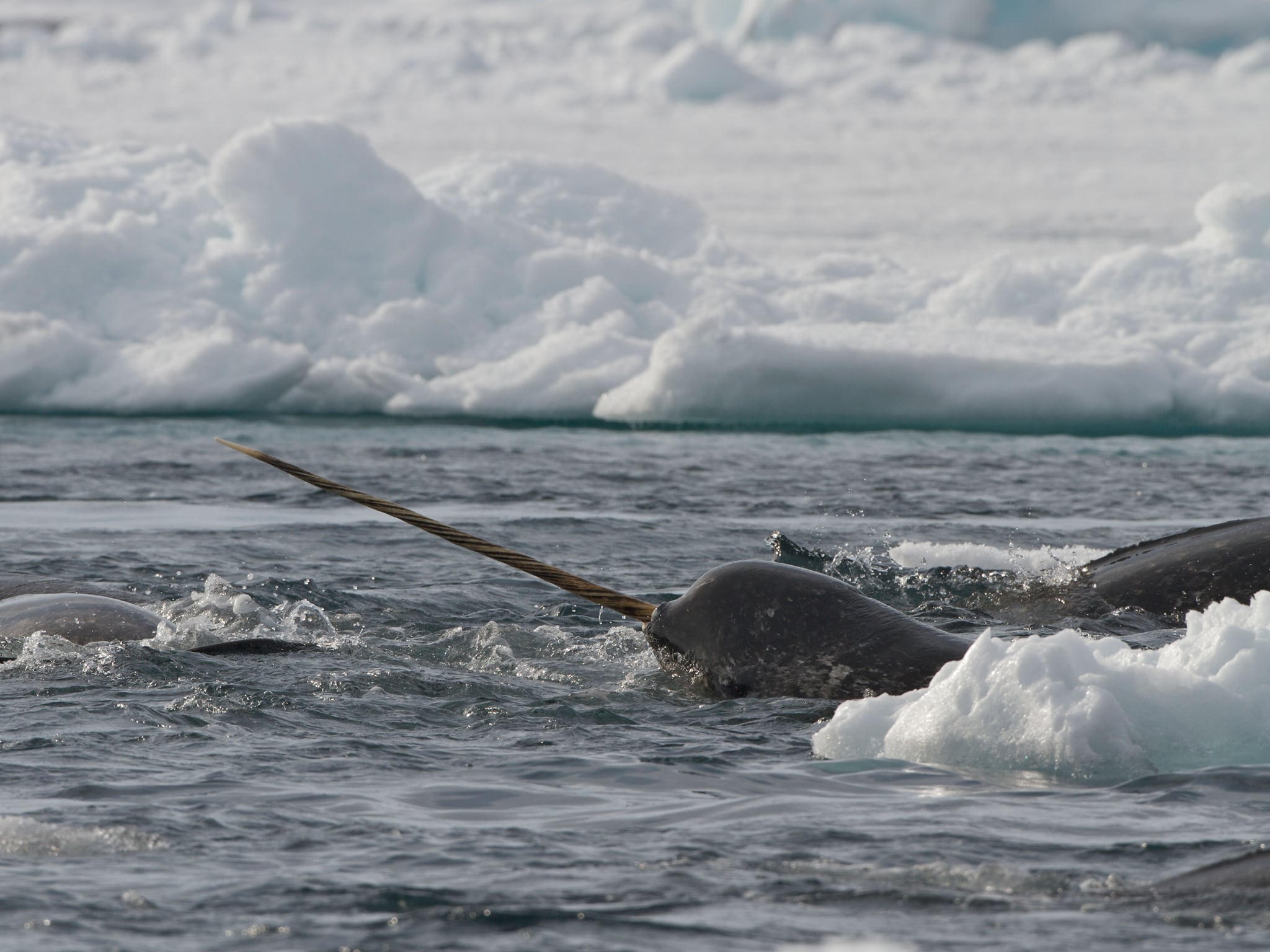
8
UNICORNS OF THE SEA
Narwhals are affectionately known as the “unicorns of the sea,” as they can be identified by the long tusks protruding from their faces. The ivory tusk can grow to more than ten feet (three meters) in length and is actually a canine tooth, which the narwhal uses to hit and stun its prey. Narwhals inhabit Arctic waters all year round and can live for up to 50 years.
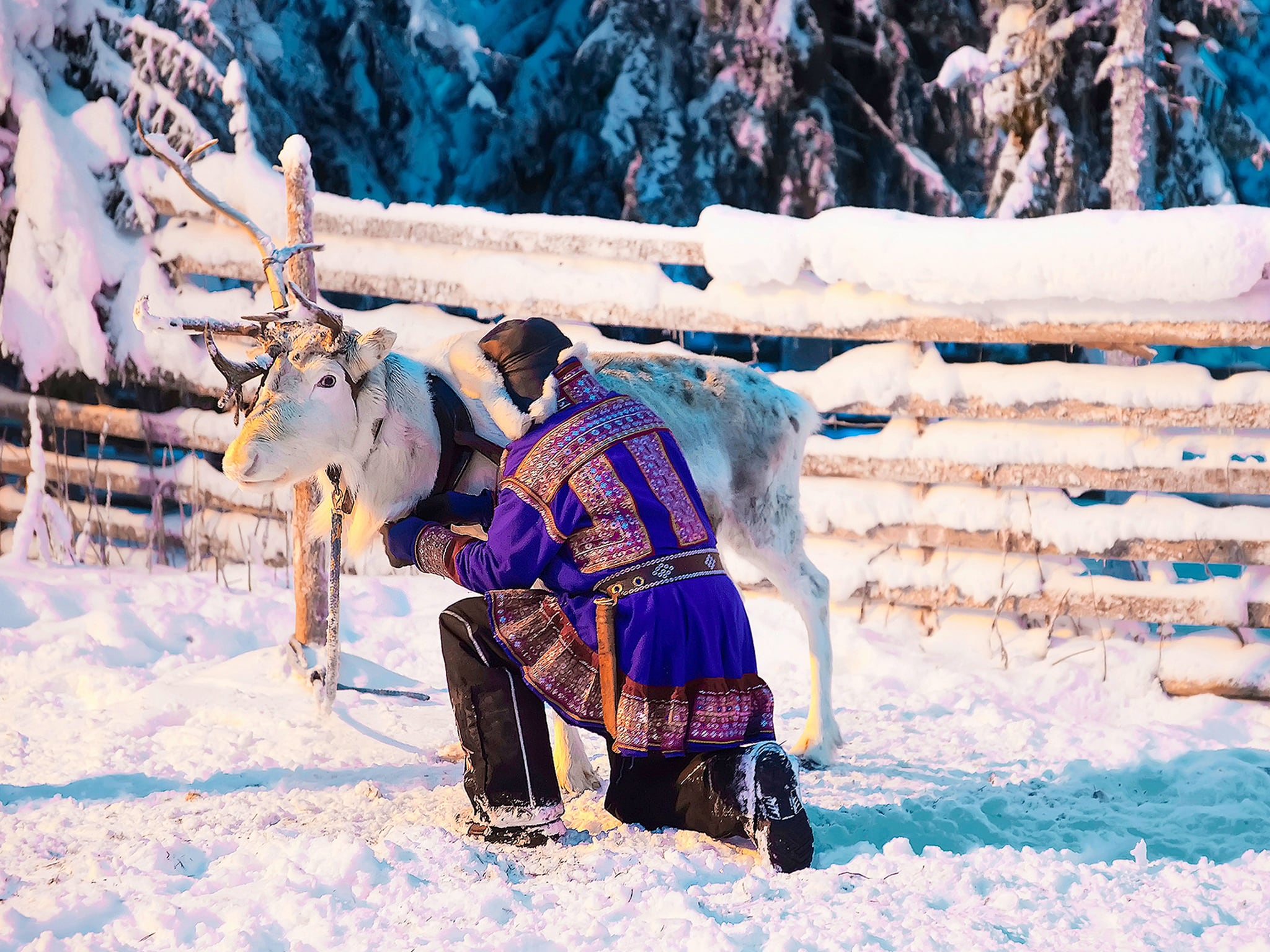
9
THE ARCTIC IS HOME TO MORE THAN FOUR MILLION PEOPLE
More than four million people from eight different countries live within the Arctic Circle and call this wintry wonderland home. Indigenous peoples have inhabited the Arctic for thousands of years, including the Sami, also known as Lapps or Lapplanders, who live across areas of Norway, Sweden, Finland and Russia. With their own language, culture and parliaments, the Sami have long enjoyed a deep connection to the land, and to reindeer herding. They have as many as 1,000 different words for reindeer, while the Inuit or Eskimo, who live across Greenland, Canada and Alaska, have around 50 different words for snow.
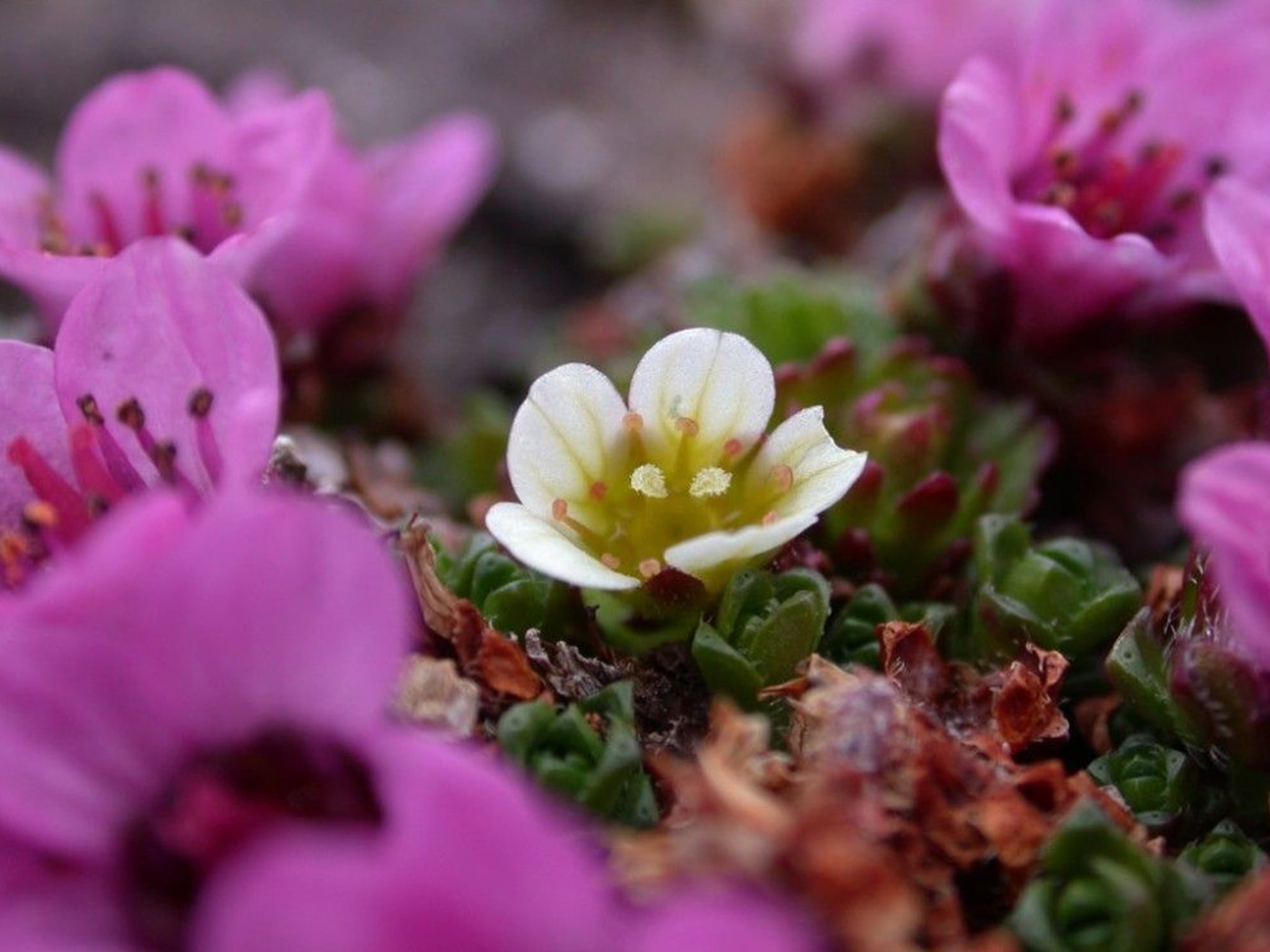
10
THERE ARE PLANTS THAT FLOURISH IN THE ARCTIC
Despite the severe cold, some mosses, flowers, grasses, shrubs and trees flourish in the Arctic. In fact, there are 106 species that grow only in this region. With long, dark winters, the growing season is short, and plants are typically small and low growing to protect them from the wind and frost.
